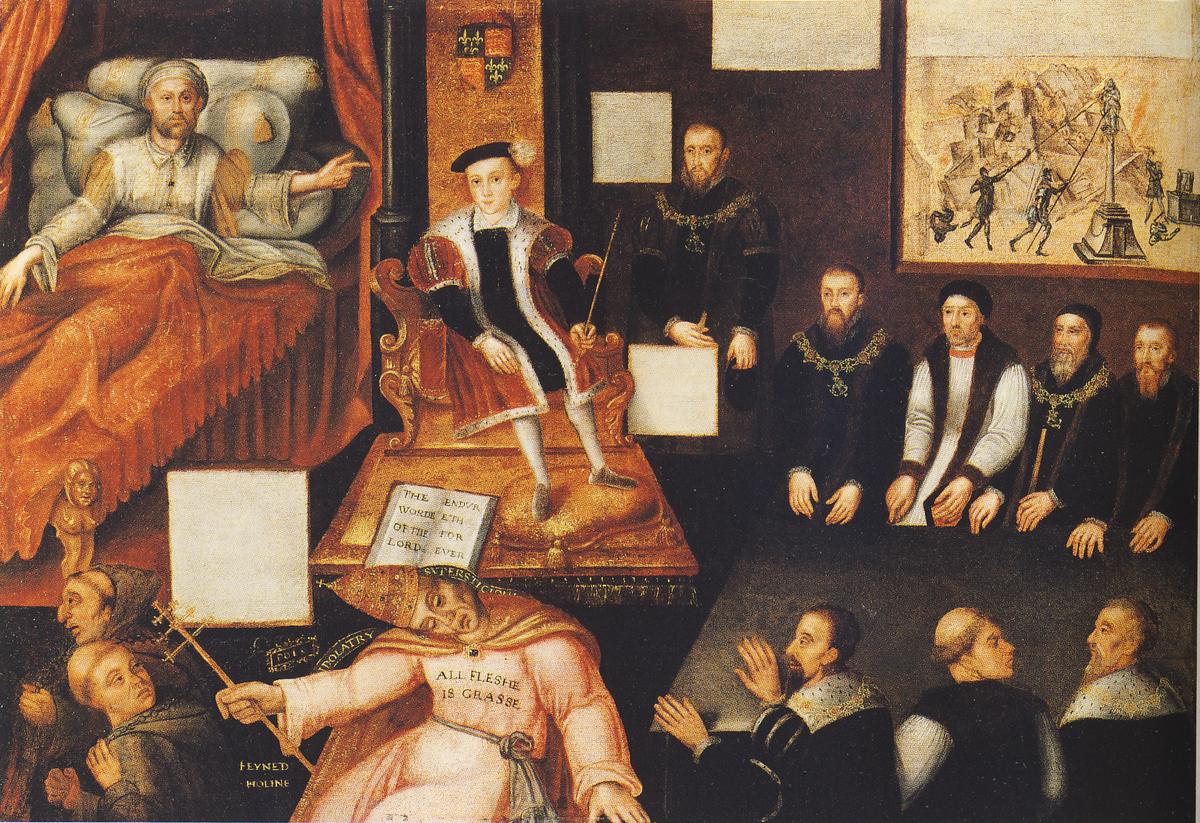The Harnessing of Power
“In the first place, I put for a general inclination of all mankind, a perpetual and restless desire for power after power, that ceaseth only in death.”
Thomas Hobbes observed that human appetite for power ended only when the power-hungry stopped breathing. The man knew whereof he spoke. Hobbes had seen London erupt in civil war, seen Parliament behead its king, and seen every petty lord and merchant-prince convinced that with the right sword, sermon, or investment, he could rule the world.
Hobbes didn’t mean it as a compliment. He meant that once the scent of power enters the nostrils, the pursuit of it becomes less a matter of reason than of addiction — the gambler chasing his losses, the drunkard convinced that this next drink will steady his hand.
Four centuries later, the scenery has changed — mahogany desks in place of royal thrones, IPO prospectuses instead of papal bulls — but the script remains much the same. The intoxicant of power is still poured in generous measures, and still leaves its drinkers incapable of surrendering the glass.
The contemporary American scene offers a daily reminder. A federal takeover of the District is “about crime” in the way that the Spanish Inquisition was about theology; tariffs “about manufacturing” much as Versailles was about urban planning.The removal of some bureaucratic functionary is sold as a quest for truth, as though Pontius Pilate were merely doing a bit of light fact-checking.
The explanation, as it ever was, is that it’s about power. That’s it.
The keeping of power, however, is another matter. The tyrant and the CEO alike eventually discover that authority unguided by purpose tends toward the tragicomedy — left idle, it tends to rot. Napoleon’s conquests ended at Waterloo; Enron’s domination ended in an Excel spreadsheet.
Power vs. Purpose
History is a long register of power’s owners confusing possession with purpose, convinced that the mere holding of the scepter ensures the permanence of their reign. The iceberg, the guillotine, and the bankruptcy court disagree.
The keeping of power, however, is another matter. The tyrant and the CEO alike eventually discover that authority unguided by purpose tends toward the tragicomedy — the ship of state becomes the Titanic, her owners confident enough to sneer, “Even God himself could not sink her.”
Nature, as the iceberg reminds us, votes last.
It was in this spirit of hubris that Frederick Winslow Taylor, prophet of the Industrial Age, declared in 1911 “In the past, the man has been first; in the future the system must be first.” (From The Principles of Scientific Management)
In other words, replace the unpredictable human with the predictable chart — harness the chaos of human ambition to the horse-collar of process.
And for a time, the scheme worked. Factories were organized like regiments, companies divided into departments: marketing over here, accounting over there, the whole outfit marching toward economies of scale.
But scale breeds its own monsters. The divisions, true to their name, became divided. The manufacturing people knew nothing of marketing; operations and research waved politely in the hallways like distant cousins at a funeral. Knowledge was grain stored in corporate silos, and to hoard it was to hold power. And in corporate America — as in the courts of Louis XIV or the Senate of ancient Rome — the surest way to preserve one’s position was to make sure nobody else knew what you knew.
My own executive coaching work focuses on leaders who are stuck, aligning their teams with a shared plan and purpose through a repeatable process.
A Man with a Plan
Ford Motor Company, before the arrival of Alan Mulally in 2006, was a museum piece of this mentality — its CEO in the 1970s even developed a Renaissance Center of glass and steel silos — where each baron’s prestige depended on keeping his neighbor hungry. Despite General Motors moving into the building, the longstanding culture was already baked into Ford: an enterprise that excelled at tripping over its own shoelaces thanks in part to infighting.
Mulally’s insight was not to redraw the map, but to change the traffic laws. Every Thursday, the lords of the manor met in what was called the Business Plan Review — a council where transparency wasn’t just encouraged but made compulsory. Executives learned to acknowledge difficulty, offer help, share information. The gesture was repeated down the line, team to team, until the habit of secrecy was replaced with the habit of mutual aid.
It was less a revolution than a restoration — a reminder that leadership is not the privilege of sitting atop the pyramid, but the obligation to ensure that everyone has a hand on the stone. Power is not an heirloom to be locked in a chest; it is a current to be directed, a force to be shared.
The lesson, though old, bears repeating: true leadership does not rest on the throne alone. It thrives when the sovereign makes others sovereign, when the captain hands the wheel to another steady hand.
In such acts, power finds its purpose, and purpose its power.
There’s so much to learn,



